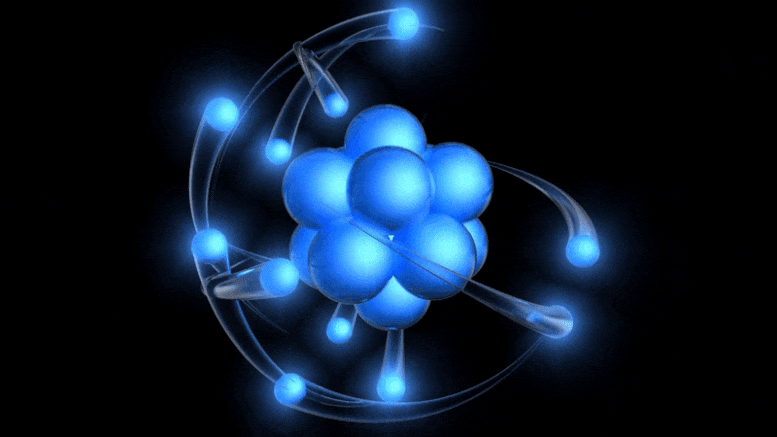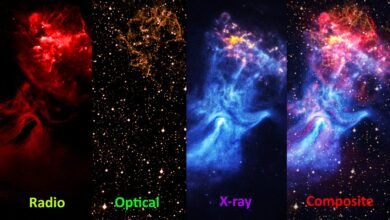Why the electron’s mass is vital to life in the Universe | by Ethan Siegel | Starts With A Bang! | Sep, 2024

Most fundamental constants could be a little larger or smaller, and our Universe would still be similar. But not the mass of the electron.
One of the biggest puzzles we face about the Universe is that we have no explanation for a great many of the properties that the fundamental objects within it possess. There are four fundamental forces, each with their own strength of interaction, and there’s no explanation for why those forces have both the absolute and relative strengths that they possess. Some particles possess an electric charge, and we have no explanation for why the charge of the electron, proton, or any of the quarks have the values that they do. And although the Higgs provides the fundamental particles with the rest masses that they possess, we have no explanation for why those masses have the values that they do. Other constants of nature, such as the speed of light, also come along without explanation.
All told, it takes at least 26 separate fundamental constants to describe the Universe that we presently understand, and we have no idea why these constants have the values that they do. If some of these constants were either too small or too large, our Universe as we know it would be impossible; our very existence is…
Source link





